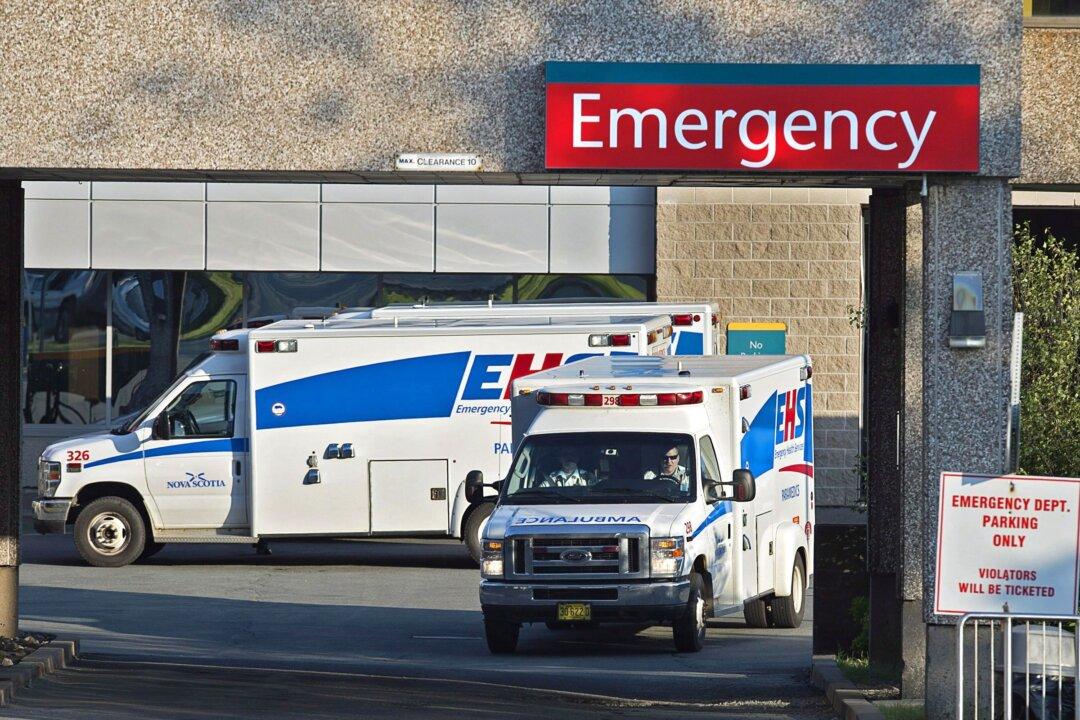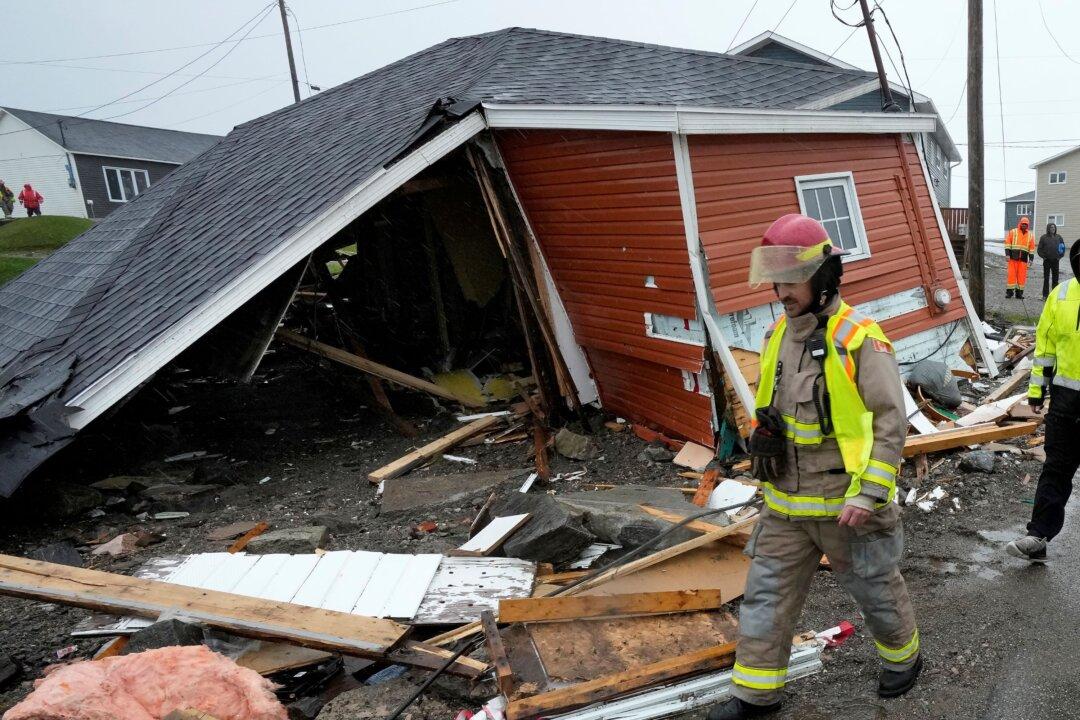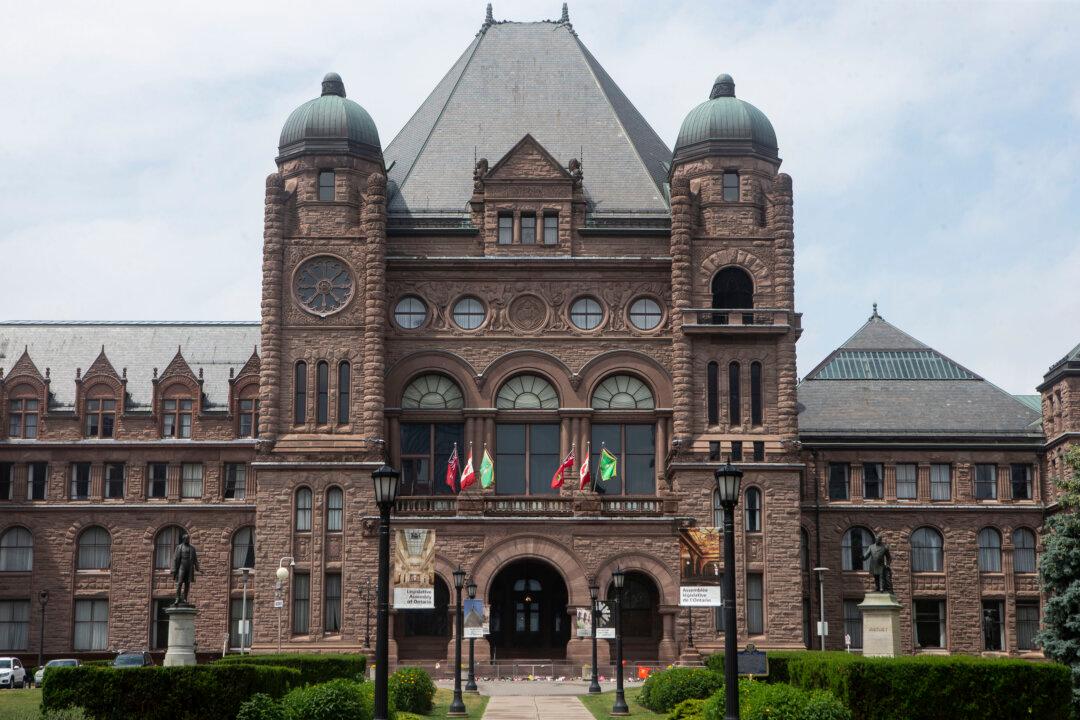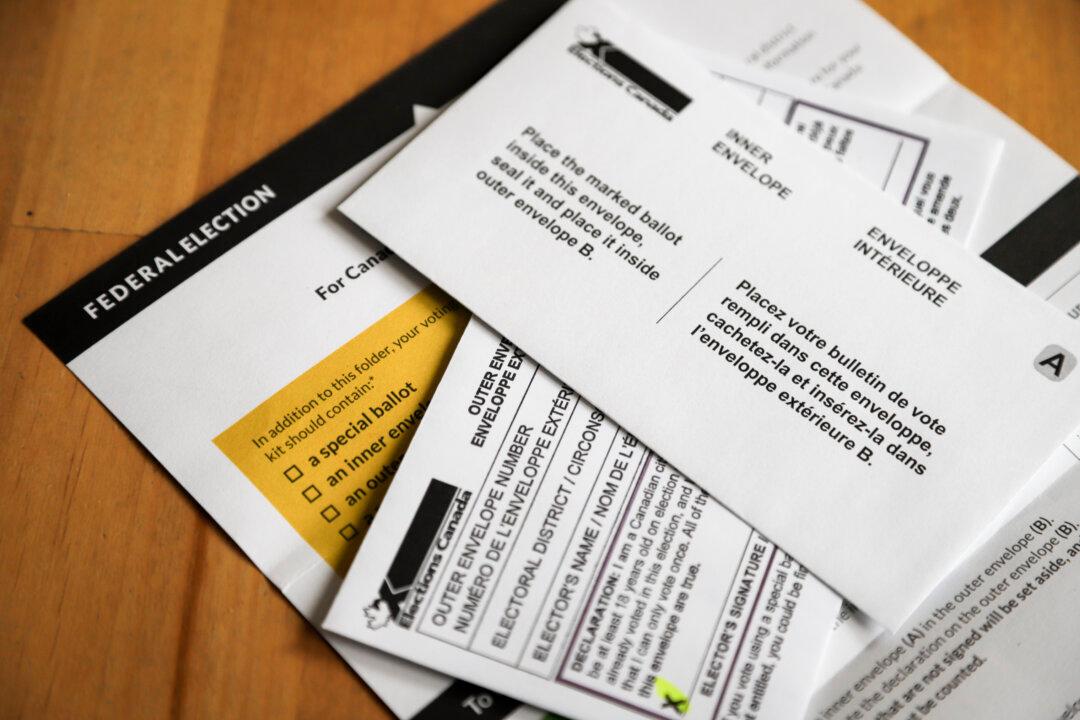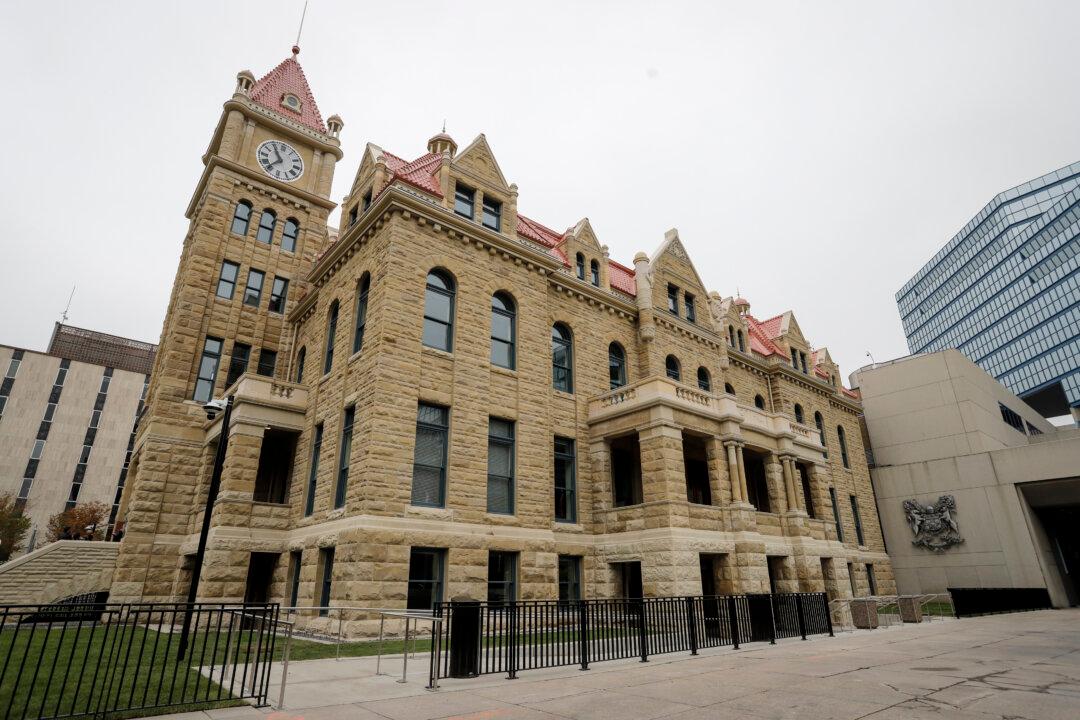Doubling the number of residencies for medical school graduates in Nova Scotia is the only way to have enough locally educated physicians in order to reduce the province’s long wait times for health care, says the president of Doctors Nova Scotia, which represents over 3,500 physicians.
In recent weeks, two women died after spending hours waiting for care in Nova Scotia emergency rooms.
